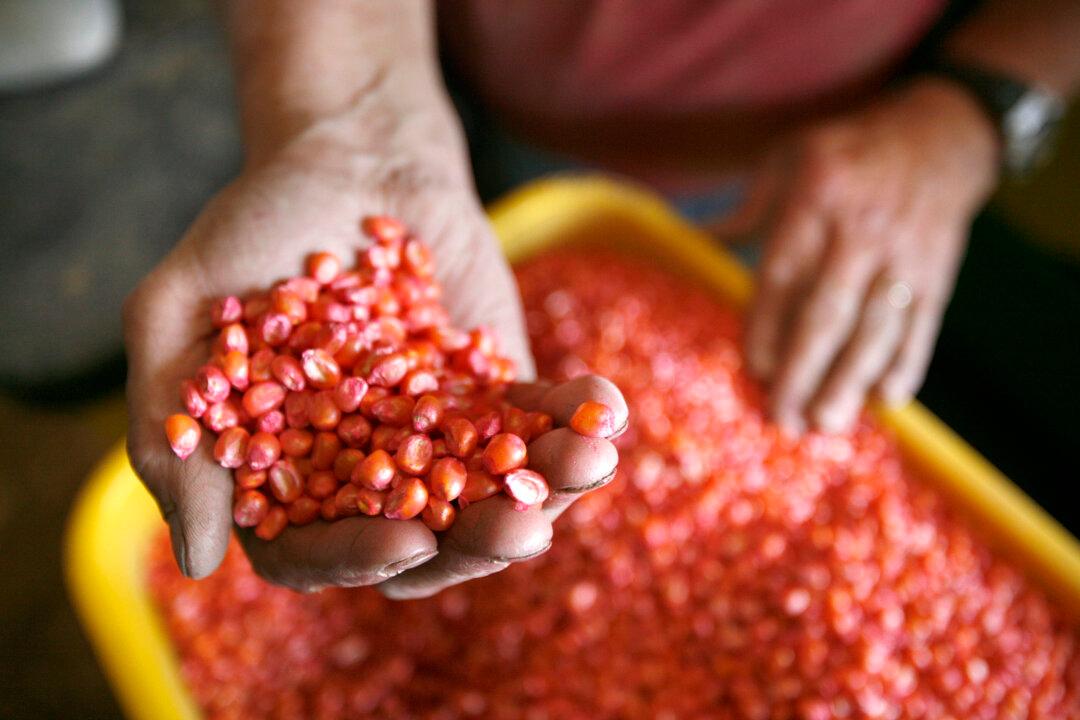The upper echelons of America’s modern agricultural prowess are betting that massive mergers will allow it to seize powerful new gene editing technologies to fuel much needed growth.
All but one of the “Big Six” seed and agrotechnology companies, including number one ranked Monsanto Co., saw revenue declines in 2015. Farmers are buying less seed and fewer chemicals as U.S. farm income has plummeted 30 percent from a 2013 high.
Mounting pest and weed resistance to genetically engineered (GE) seeds has also begun to worry farmers, as crop yields have begun to flatline in the last few years. For the first time since biotech seeds were introduced, in 2015 the area of acreage planted globally declined by 1 percent, according to a nonprofit that tracks the data.
Capped off by the Sept. 14 announcement of Germany-based Bayer AG’s proposed acquisition of U.S.-based Monsanto, five of the Big Six have now announced mega mergers valued at approximately $145 billion.
If approved by antitrust regulators, a new “Big Three” would be Syngenta-ChemChina, Dow-Dupont, and Bayer-Monsanto. The chemical company, ChemChina, is just getting into the seed market with its acquisition. And BASF, previously the smallest of the six, would become even smaller by comparison.
Representatives from five of the six merging parties (ChemChina was not present) testified at a recent Senate hearing examining the string of mergers. Each gave a version of the same message: that changes were necessary to ensure continued investment and innovation to feed the world, particularly as its population increases. They all talked about helping farmers with the latest science.
Emerging Technologies
In this industry, the incredible complexity of the technology and paths to market favor the most well capitalized. In the midst of a struggling farm economy, these agricultural giants are placing their bets on emerging gene editing technologies to keep them on top.






